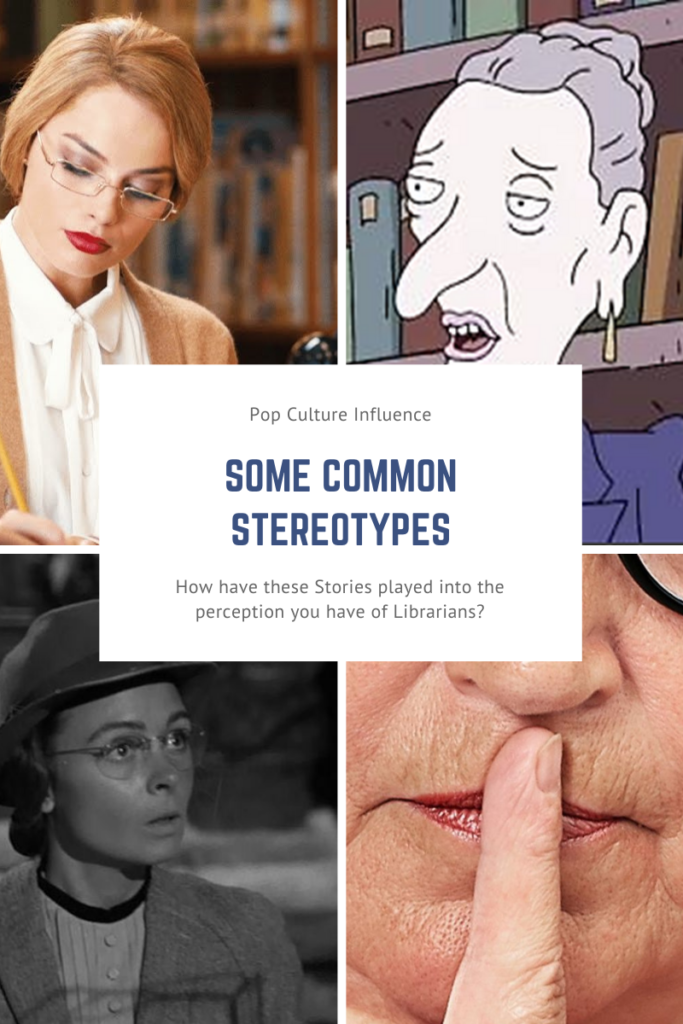TECHNOLOGICAL, PEDAGOGICAL , AND CONTENT KNOWLEDGE (TPACK) FOR GRADE 3 MATH.
Learning Outcome: Students will use comparative language to discuss the likelihood of simulated events.
Using the TPACK Model, I have developed connections to the BC Grade 3 Mathematics Curriculum. By focussing on Content and Pedagogical Knowledge first, I prioritized student learning and curricular goals. Once I knew what I wanted to teach, and how I wanted to teach it, I then moved on to figuring out which technologies would best support the learning objectives. I used the SAMR questions from my previous blog post to help vet my tech options and ensure they were adding value to the learning experience.

References:
YouTube read-aloud: A Very Improbable Story by Edward Einhorn
Online games of chance: https://www.online-stopwatch.com/chance-games/
Lesson resources and materials for probability in math: https://wehavekids.com/education/Best-Kids-Books-to-Teach-Probability-in-Math
An idea for creating your own game of probability using Scratch: https://researchideas.ca/mathncode/scratch-probability.html
Some more Games of Chance on Scratch: https://scratch.mit.edu/search/projects?q=games%20of%20chance
TPACK Framework: http://matt-koehler.com/tpack2/tpack-explained/
YouTube TPACK explained (Common Sense Education): https://www.youtube.com/watch?v=yMQiHJsePOM
BC Curriculum for Grade 3 Math: https://curriculum.gov.bc.ca/curriculum/mathematics/3/core




Recent Comments